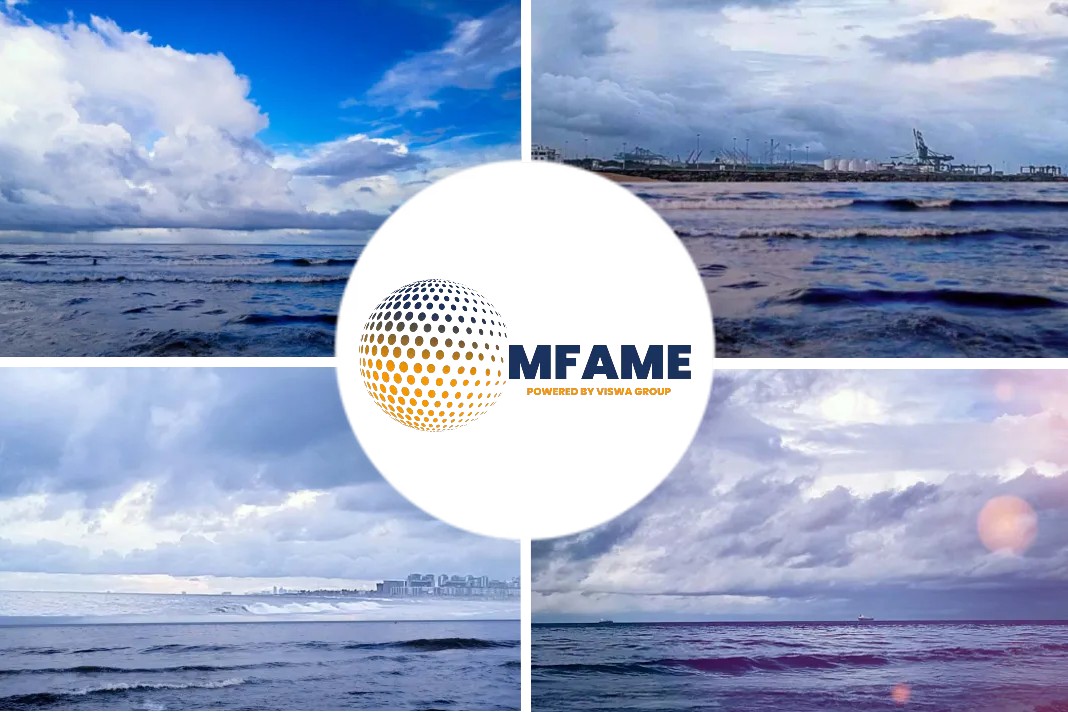The Society for Gas as a Marine Fuel (SGMF) has released LNG Fuel Tanks – Loading/Filling Limits and Level Instrumentation: Considerations and Recommendations. This Technical Guidance Note (TGN) addresses the industry need for clarity on how to apply and interpret some of the statutory requirements for the filling and loading limits of liquefied natural gas (LNG) fuel tanks.
LNG Fuel Tanks – Loading/Filling Limits and Level Instrumentation
The inherent properties of LNG, in particular its cryogenic nature and behaviour, differ significantly from those of conventional marine fuels. This means that the quantity of fuel that can safely be loaded into fuel tanks on gas-fuelled vessels will depend not only on the size and capacity of the tank itself but also on the temperature and pressure of the LNG to be bunkered.
Statutory safety limits on filling and loading LNG fuel tanks are set out in codes and regulations, most notably the International Code of Safety for Ships Using Gases or Other Low-Flashpoint Fuels (IGF Code). However, the methods by which the filling and loading limits should be calculated for LNG fuel tanks have been interpreted differently by some vessels in operation and under construction, depending on the tank type, shipyard or classification society.
These differing interpretations have led to some vessels applying a lower loading limit, reducing the amount of LNG in tanks. Despite safety not being affected, the fact that less LNG is being carried clearly has an impact on the vessels’ autonomy and in-service operations.
Providing effective guidance
Mark Bell, General Manager, SGMF, has described the TGN as a rich resource for all those directly taking part in LNG bunkering operations or who are monitoring and managing the fuel. “Our overall purpose was to provide effective guidance on the rules for filling and loading and to explain why the loading limit may vary for each bunkering operation due to LNG temperature, pressure, and composition. The crew can then maximise the amount of fuel that can be safely loaded by following established bunkering procedures and using the available instrumentation.”
This new publication provides practical recommendations that go beyond the statutory requirements to ensure that vessels do not only operate safely, but also efficiently and in an environmentally responsible way.
Also included in this publication are lessons learned that promote industry good practice and form a basis for common understanding between the main stakeholders involved. Gas-fuelled vessels and bunkering facility owners and operators as well as LNG tank and fuel systems designers should consider the recommendations when defining and developing vessels’ specific systems, equipment, and LNG bunkering operational procedures.
An example of operational levels and thresholds that might be used as reference for an LNG fuel tank is provided, along with sample loading tables and detailed information about types of LNG fuel tank, their calibration, level instrumentation and functionality.
Stuart Carpenter, Carnival Corporation, LNG Project Director and Working Group Chair, emphasises the real-world expertise that has fed into the guidance: “SGMF has been able to draw on a vast repository of operational and in-service experience from our working group members (who included vessel operators, tank manufacturers and system designers) to put together this valuable publication, and we are extremely grateful to everyone who has contributed to it.”
The publication is available for members to download via the SGMF website. Non-members can pre-order it from the web shop here, for anticipated delivery by early September.
Did you subscribe to our daily Newsletter?
It’s Free! Click here to Subscribe.
Source: SGMF
















